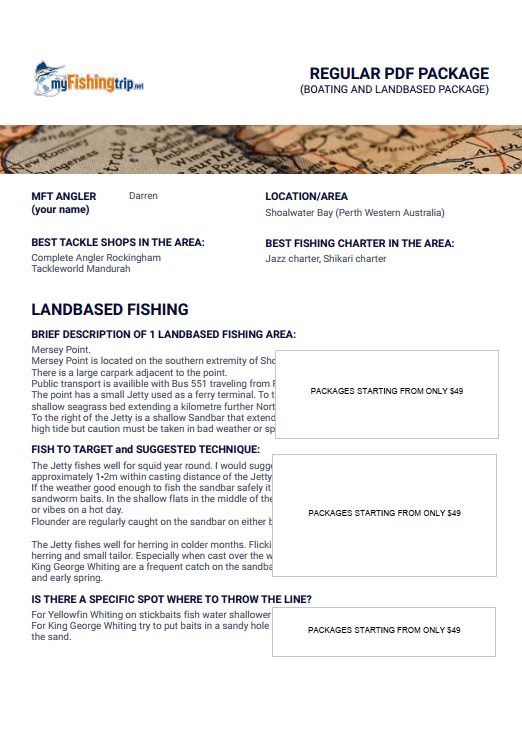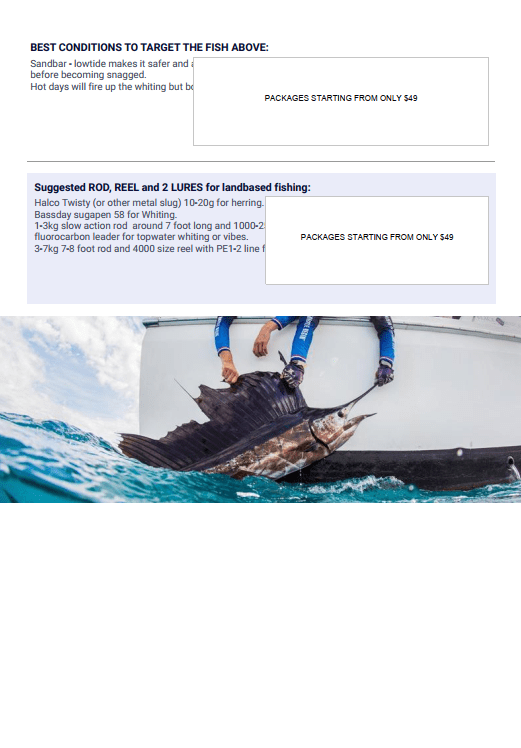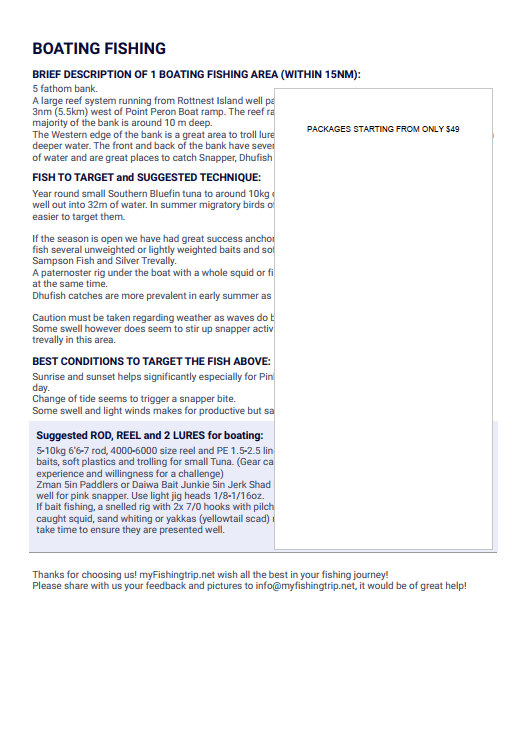The choice between using braided (braid) fishing line and monofilament line depends on various factors, including the type of fishing you’re doing, the species of fish you’re targeting, and personal preferences.
For example, many people prefer Mono for their fishing with live bait, or trolling, or if using circle hooks or if landbased fishing then Braid for lure casting, or bottom fishing, or fishing with spinners, or to have more line capacity on their reels when needed.
Here’s a general guideline:
Braided Fishing Line:
- Strength and Sensitivity: Braid is incredibly strong for its diameter and has little to no stretch. This makes it ideal for applications where you need high sensitivity and strength, such as when targeting big fish or fishing in heavy cover.
- Thin Diameter: Braid has a smaller diameter than monofilament of the same pound test, allowing you to cast farther and have more line on your reel.
- Abrasion Resistance: Braid is not as abrasion-resistant as monofilament, so it may not be the best choice for fishing in areas with sharp rocks, oysters, or other abrasive surfaces.
- Knot Strength: Braid knots can be more challenging to tie effectively, so learning proper knots is essential. Increase the amount of turns on your knots can help.
Monofilament Fishing Line:
- Shock Absorption: Monofilament has stretch, which can act as a shock absorber when a fish makes a hard run, reducing the chances of the line breaking and fish throwing the hook. This can be advantageous when targeting fish with sharp headshakes or jumps.
- Buoyancy: Monofilament line floats, making it ideal for techniques where a floating line can improve the action of the bait.
- Abrasion Resistance: Monofilament is more abrasion-resistant than braid, making it a better choice for fishing in areas with rough structure or underwater obstacles.
- Low Visibility: Monofilament has less visibility underwater compared to braid, which can be an advantage in clear water or when targeting fish that are line-shy.
- Ease of Knot Tying: Monofilament is generally easier to tie knots with, making it more user-friendly for beginners.
In summary, use braid when you need strength, sensitivity, and thin diameter, and when visibility is not a concern. Opt for monofilament when you want shock absorption, buoyancy, and better knot-tying ease, or when fishing in situations where low visibility is important.
TIP: Many anglers also use a combination of both by using braid as a mainline and monofilament or fluorocarbon as a leader, which can offer the benefits of both types of line.



